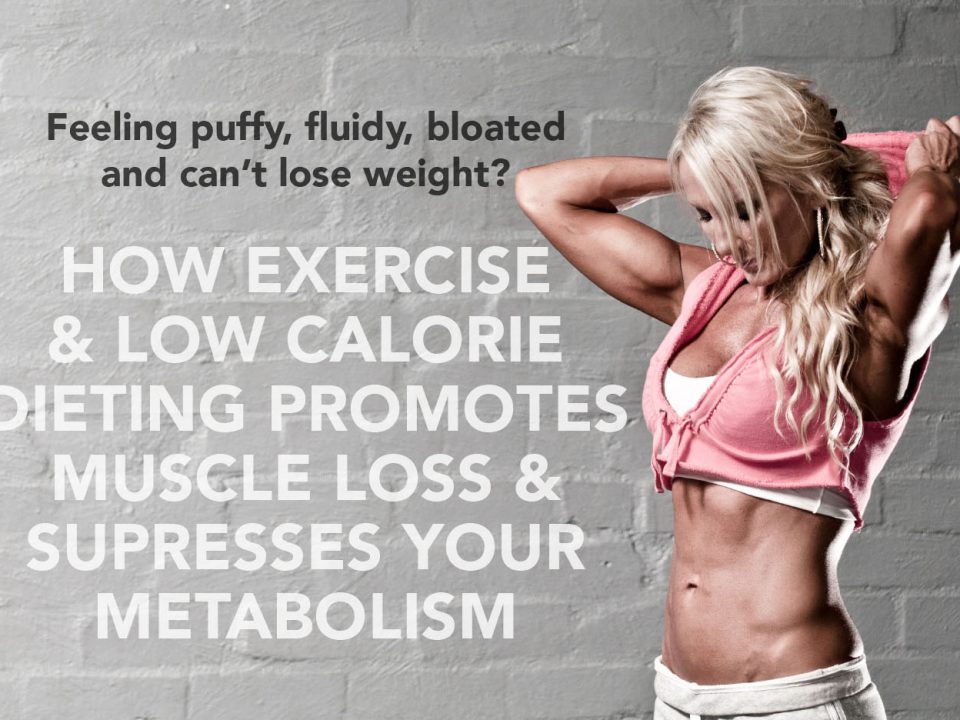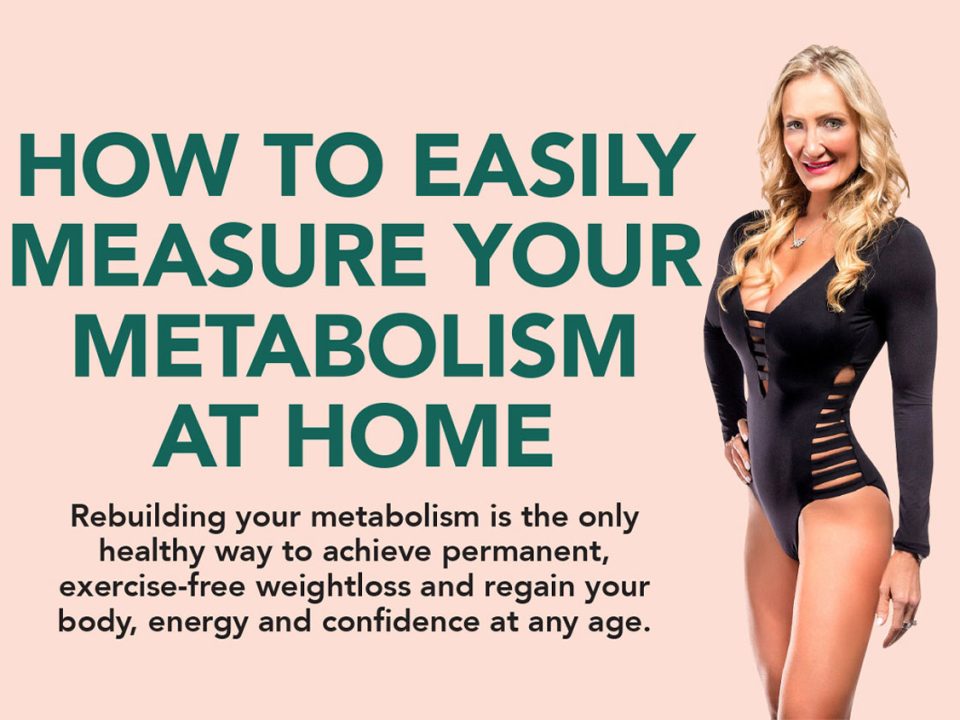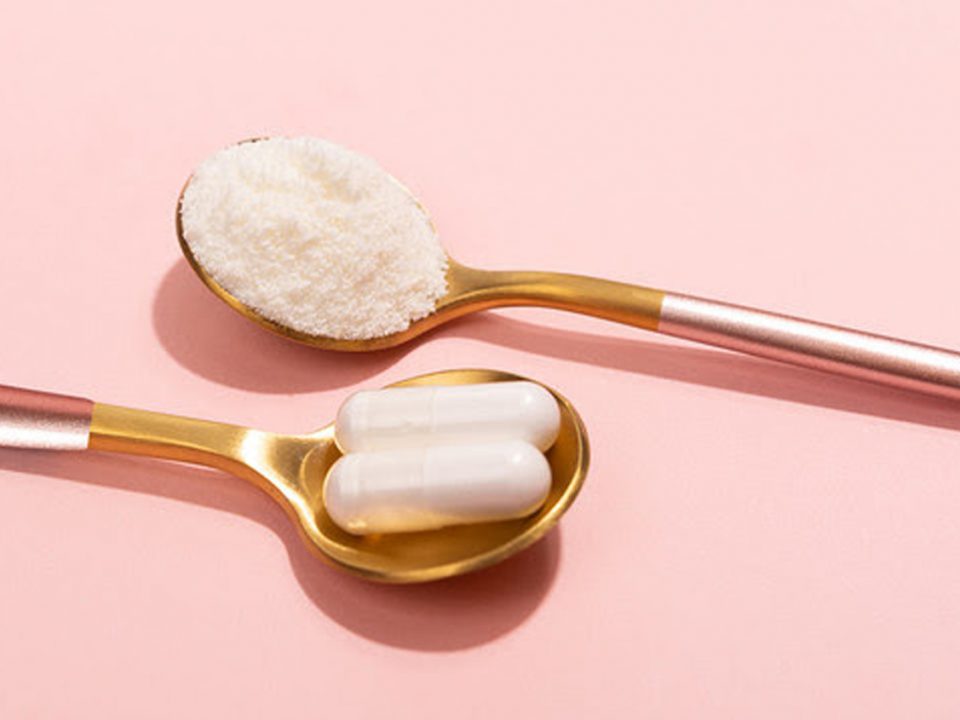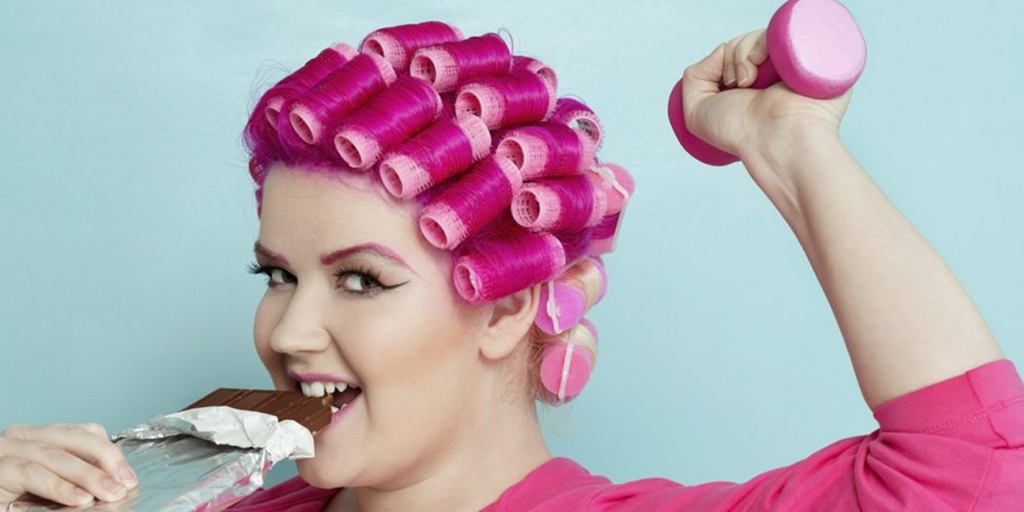
Exercise Versus Diet: What Works Better
22/11/2019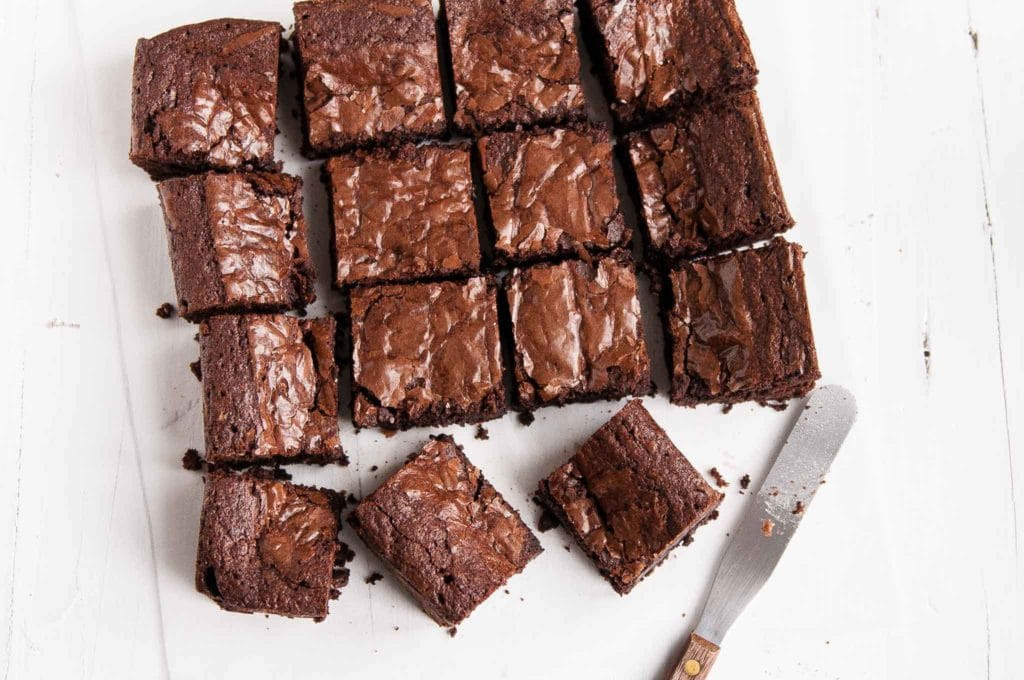
Decadent Holiday Desserts That Won’t Derail Your Diet
23/12/20195 Foods to Avoid That Are Said To Be Healthy
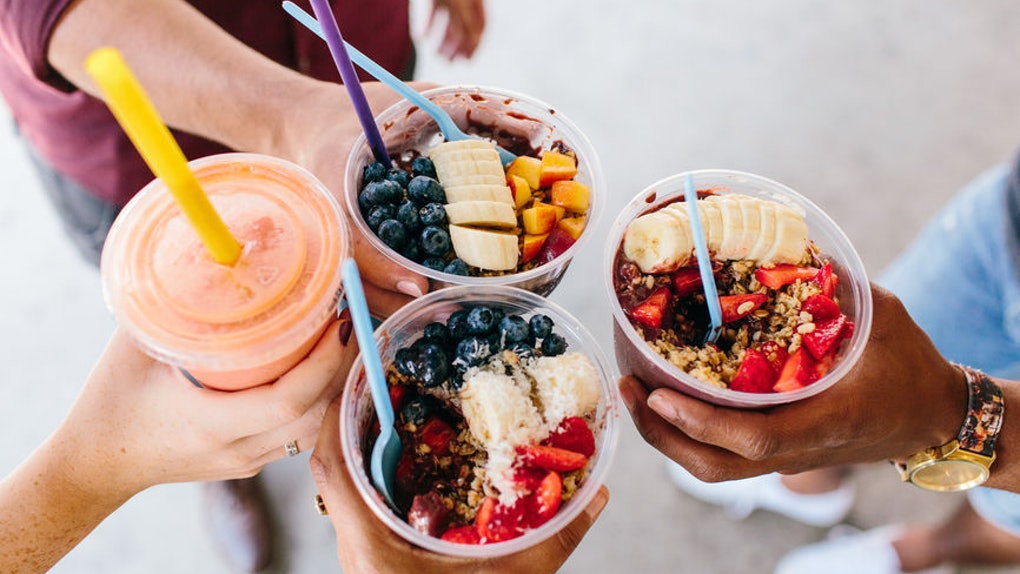
“I eat only healthy foods. So why can’t I lose weight?” Believe it or not, foods to avoid, are one of the questions I get emailed about the most.
“But I train vigorously daily” you answer in your head – confused and convinced this is a fair exchange.
Here’s the thing, “To lose weight effortlessly, you need to eat less – not exercise more.
Exercise is brilliant for all sorts of things but it’s a terrible way of losing weight.” Dr Michael Mosley
If you’re struggling to get the results you want from eating clean, you might want to take a second look at the ‘healthy’ foods you’re consuming – some of them might actually be unhealthy food.
Can you gain weight from eating too much healthy food?
The answer is absolutely YES! In fact, the distance between you and your dream body is 100% all diet.
Cutting the junk food from your diet maybe the first and obvious step to weight loss. But be aware that sometimes, the nutritious foods you swap in are surprisingly as high in fat, sugar and calories.
That’s why serving size matters – even when it comes to fruits, nuts, yogurt, salads and the so-called superfoods.
You maybe doing your best to make healthy choices, but advertising and creative packaging can make deciding what’s good for you tricky, conflicting and very confusing.
RELATED ARTICLE: Intelligent Weight Loss and the Science Behind It
There are many foods that may seem healthy; but if eaten in excess, frequently and if they are not right for your biochemistry, the only provide your body with unnecessary calories, sugar, and fat storage.
Food companies are sneaky
Through savvy marketing, they’ll make you think their product is the cream of the crop in health. Unfortunately, this is true even of packaged products in natural and organic food markets.
Labels like ‘organic’, ‘gluten free’, and ‘vegan’ are enticing.
And while whole foods (the ones that don’t need a label) with these descriptions are usually great for you – in moderation and correctly portioned, packaged products can sadly make these claims even if the contents contain mostly junk and toxic ingredients no one can pronounce.
So let’s get wise to food industry tricks and find out which ‘health’ foods are masquerading as healthy snack and meal options – plus, learn what swaps you can make to stay happy, healthy and bikini fit all year round.
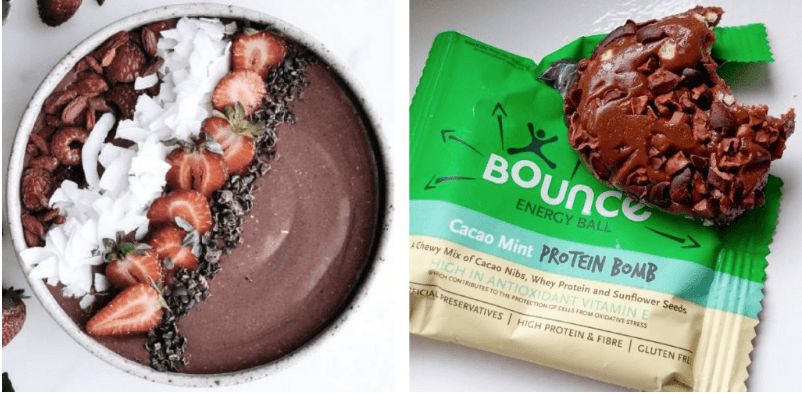
Foods To Avoid
To help you avoid the deceit, here are the top foods to avoid that could wreck your diet;
1. Smoothie & Acai Bowls
Smoothie bowls sound and look so healthy and it’s easy to get roped into thinking that they’re good for you, but really they’re more like dessert, averaging at 600 calories or more per serving!
Exploding with calories, thanks to a heavy-handed combo of ingredients like processed granola, nuts and nut butters, coconut (fat!), sugary yoghurt and way more fruit than you need in an entire day!
With a portion size that is way too large to consume in one sitting, lacking in essential macro nutrients (protein!) and containing between 45-92 grams of sugar – a smoothie bowl is more full of empty calories than full of goodness.
Açai bowls are no better, they can contain an average of 490 calories and 67 grams of sugar – not ideal for weight loss and don’t let the colour fool you, even the ‘green’ smoothie bowls are not what they seem containing even more fruit and sweet syrups to balance out the bitterness of spinach, kale and other healthy veggies resulting in up to 76 grams of high glycemic sugar.
RELATED ARTICLE: How Kerry Lost 16kg Without Exercise
Smoothie bowls can hit your bloodstream like an atomic bomb because they often contain relatively little protein. Your blood sugar will spike and then drop just as quickly, leading to that shaky, woozy feeling a few hours later – not to mention cravings for … you guessed it – MORE SUGAR! Furthermore, eating blended foods short changes you on fiber and satiation.
The bottom line? Those smoothie and açai bowls you see on the ’gram’ or at your corner juice bar might look gorgeous, but they don’t really deserve the health halo many influencers have bestowed on them.
BodyIQ Solution
Skip the açai and opt for a home made version smoothie bowl that’s properly potion controlled.
A 160g tub of Chobani Greek yoghurt mixed with chocolate protein powder, 1tsp cacao powder and half a frozen banana is a great base that’s high in protein and very low in sugar and calories.
Top with 60g of berries and top with a tablespoon of crushed almonds or flaked coconut and a sprinkle of Avalanche hot chocolate powder.
2. Energy Balls, Protein Balls & Bliss Balls
Ever popular on social media channels, any post that features homemade ‘bliss balls’ is guaranteed to do well
From a calorie perspective, ‘bliss balls’ could also be called ‘calorie bomb balls’ as the combination of dates, nuts, nut spreads, honey, agave, rice malt syrup, cacao, coconut oil, dried fruit and seeds can mean a small bliss ball may contain as many calories as a small meal.
In particular it should be noted that while brown rice malt syrup is often referred to as ‘sugar’ free, however, it is only free of fructose and is still a refined sugar with an exceptionally high GI.
Due to their high sugar and saturated fat content, you should probably consider most of these products as a treat, rather than an everyday snack.
What’s more, the smaller serve sizes may fail to satisfy your appetite in between meals and in fact leave you hungrier.
The problem is people are more likely to eat more than the recommended serving size when they think they’re healthy and they are less inclined to look at the label.
BodyIQ Solution:
Make your own and store in freezer; 1/4c chocolate protein powder, 1tbsp Natvia, 4 squares of dark chocolate melted, 4tbsp almond milk, 2tbsp cocoa powder, 1tbsp nut butter.
Blend all ingredients until you get a soft dough, roll into 8 truffles and coat with more cocoa powder.
Macros: 65 calories / 3g Protein / 2g Carbs / 5g fat.
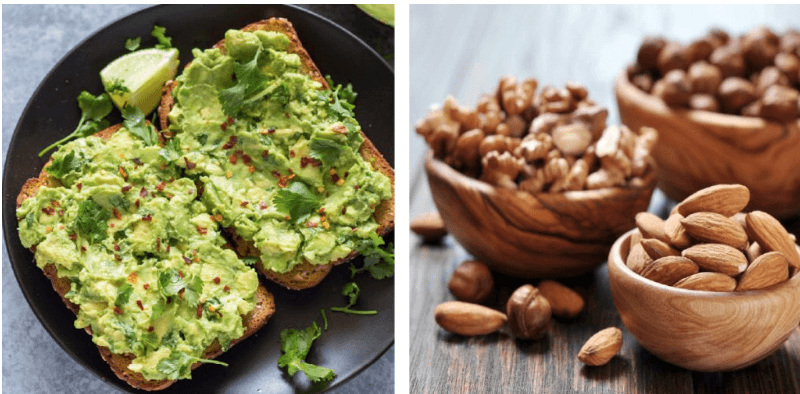
Foods To Avoid
3. Avocados
There’s no risk of overdose or toxicity from eating too much avocado, but it is high in fat and calories, which adds up quickly.
Avocados are overflowing with good fats, fiber, antioxidants and nearly 20 vitamins and minerals but you’ve still got to keep portion sizes in perspective.
Nutritionists consider one serving of avocado to be about a quarter of a whole fruit (which contains 81 calories and 7 grams of fat).
A single avocado has a whopping 30 grams of fat and 330 calories. Just for comparison’s sake, that’s more fat than large french fries.
The fat in avocados is considerably healthier than the fat in fried foods, but they do still contain saturated fat, the type of fat that can clog your arteries, lead to heart disease if eaten in excess and be detrimental to your weight-loss efforts.
Furthermore, avocados are not for everyone, they contain polyols, thus people with non-compatible blood types are intolerant and may experience adverse effects after eating them; gas, bloating and abnormal weight gain.
It maybe all the rage right now, appearing in our smoothies, breakfasts, lunch salads, baking recipes, dips etc. but be mindful of portion control – if a quarter is your daily limit – avocado on toast suddenly isn’t the healthiest, weight loss friendly breakfast everyone raves on about (hello 400+ calories of fat and carbs combined!).
BodyIQ Solution
Consume 1 serving of 1/4 or 60g of avocado per day only and never add it to your smoothie.
4. Nuts
Depending on your blood type, avoid most nuts, when trying to lose weight as they interfere with the metabolic process, promote fat storage, and create long term disruptions to energy metabolism that can manifest later in life as diabetes.
Not to mention how addictive of a snack they are – overindulging on nuts is common because no one stops at 10-15 almonds right?
Nuts are high in fat and even though most of the fat is unsaturated and beneficial in lowering cholesterol, high fat means high calorie intake which means fat storage.
Furthermore, snacking all day long on a few nuts here and there raises insulin and makes your body more readily store fat.
Being in a constantly fed state (as opposed to fasted), does not allow your body to tap into it’s fat stores and burn it as energy.
Unfortunately, ‘having too much of a good thing’ also applies to healthy fats. That’s because healthy fats are also high in calories which add up quickly.
BodyIQ Solution
Limit nut consumption to 10-15 per day.
A better option is a tablespoon of seeds.
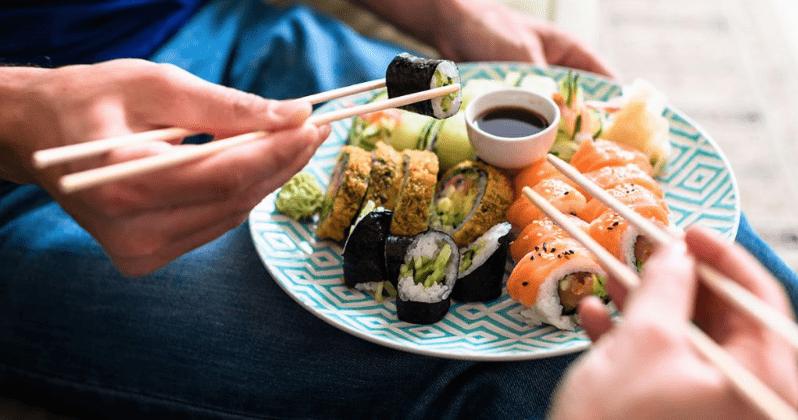
Foods To Avoid
5. Sushi
Sushi is a very high carb meal without any protein or vegetables, leaving you hungry and craving more sugar after eating it.
A sushi roll is 75% rice (made with sugar and rice vinegar) which is equivalent to 2 slices of bread, and is packed with either fried (tempura), processed (crab aka California roll) or low-quality scraps of protein and unsustainable farmed fish that’s full of antibiotics, pesticides, bacteria, mercury and dangerous chemicals.
Furthermore, ingredients like teriyaki sauce (sugar!), MSG, mayonnaise, ridiculous amounts of salt and vegetable oils are common ingredients in sushi rolls.
It’s the Asian version of Maccas; it’s cheap, fast, fried, processed and loaded with sugar, sodium and empty calories – with a roll averaging 400 – 630 calories … and who can stop at 2 California rolls?
Eating this much salt can lead to high blood pressure – the leading risk factor for heart disease – the single biggest killer of Australian men and women – if you have high blood pressure, you have a higher risk of heart disease, heart attack and stroke.
BodyIQ Solution
Opt for rice paper rolls filled with quality sashimi, grilled protein or veggies and bring your own gluten free soy sauce.


